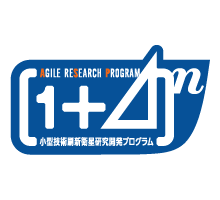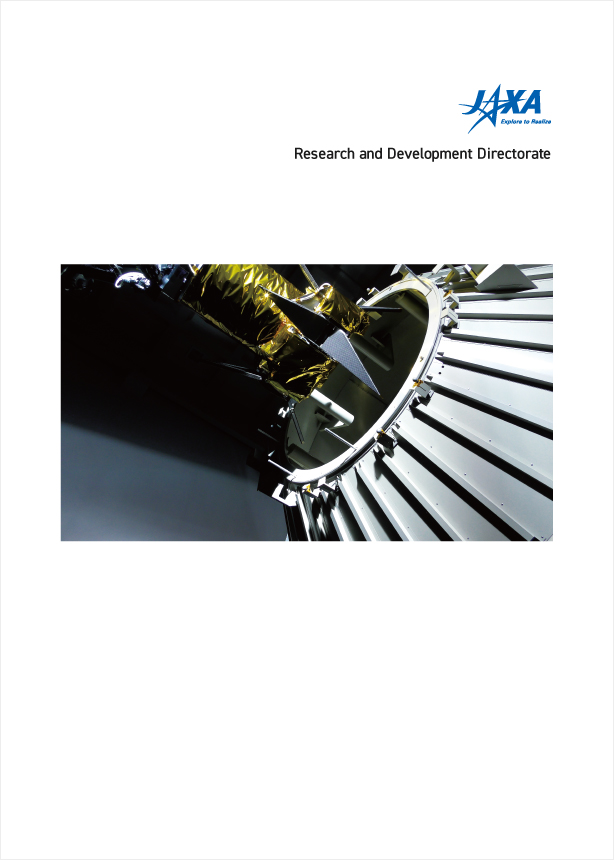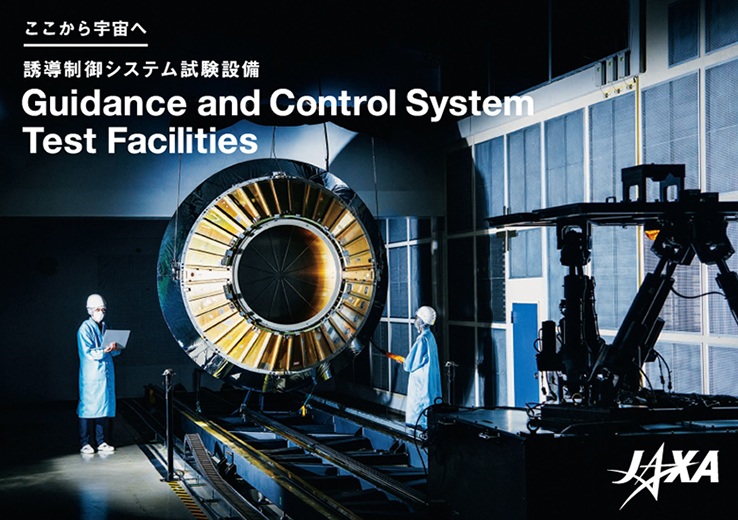Overview of research
JAXA has been conducting space debris modeling and analysis studies for assessing debris impact risks and for discussing effective debris mitigation measures in order to preserve the space environment.
First of all, JAXA and Kyushu University have jointly developed a debris evolutionary model called the Near-Earth Orbital Debris Environment Evolutionary Model (NEODEEM), which predicts the future space environment. A debris evolutionary model is indispensable for investigating effective debris mitigation measures and for developing international rules regarding space debris such as the Inter-Agency Space Debris Coordination Committee (IADC) mitigation guidelines.
Figure 1 shows the future space debris population predicted by six IADC member agencies, based on the same initial population. It shows that even with full compliance with commonly adopted mitigation measures, the amount of space debris will continue to increase through collisions between objects already in orbit. Moreover, many small satellites have recently been deployed in orbit and various plans are proposed for a large constellation consisting of thousands of satellites in Low Earth Orbit (LEO).
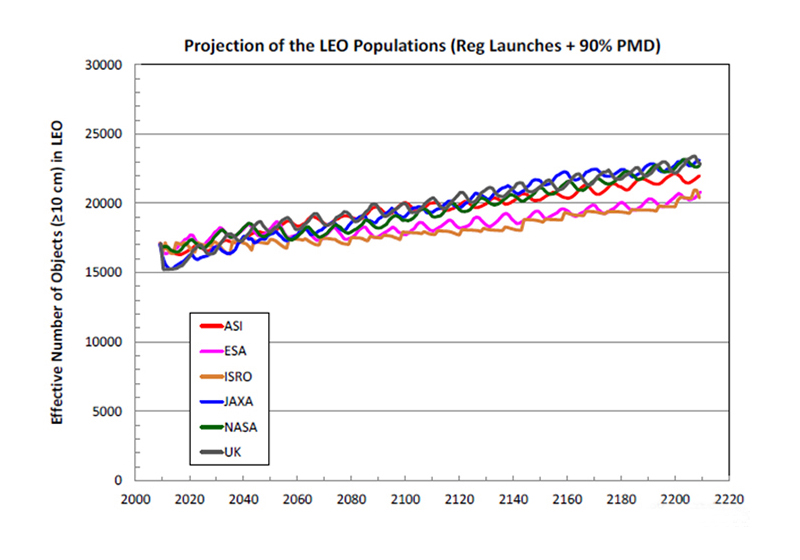
IADC-12-08, Rev.1 January 2013, Stability of the Future LEO Environment, Working Group 2 Action Item 27.1
This makes a high Post-Mission Disposal (PMD) compliance rate essential, as shown in Fig. 2.
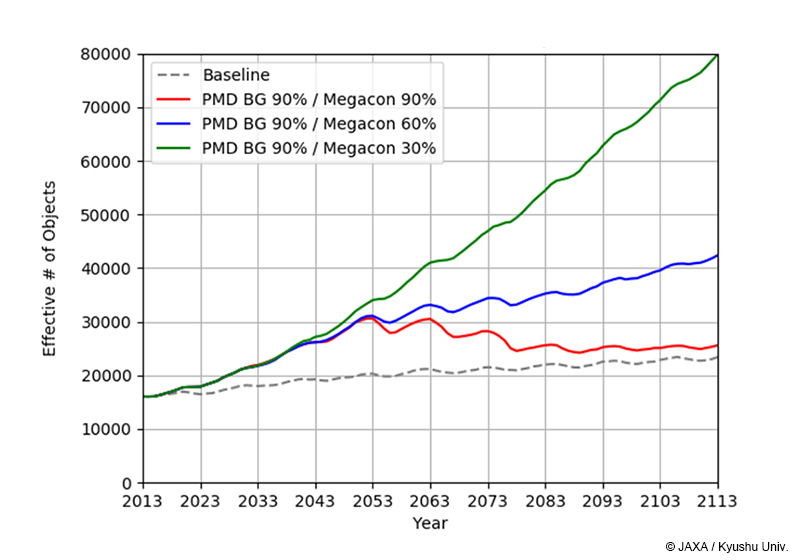
Figure 3 shows the effect of active debris removal. By removing several large debris objects in crowded orbits every year, the total number of objects can be suppressed. The evolutionary debris model can help us evaluate which debris objects should be removed and how many, etc.
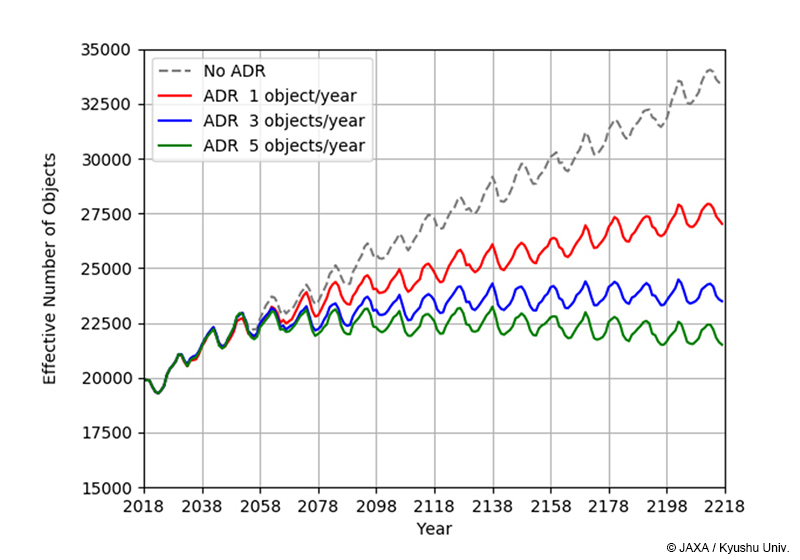
JAXA is also developing debris analysis tools for estimating debris collision risks and for assessing compliance with the guidelines for mitigating space debris. Figure 4 shows a sample analysis of debris collision frequency predictions using TURANDOT, a tool for evaluating the risk of debris collision damage.
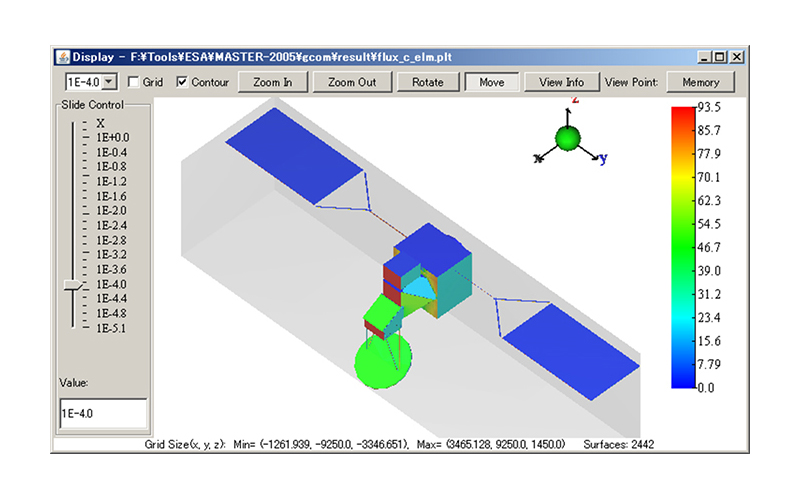
Small objects ranging from sub-millimeters to a few centimeters are difficult to observe from the ground, resulting in great uncertainty about the volume of such debris in orbit. Spacecraft require an efficient design that protects against the hypervelocity impacts of small debris. As some objects are too small to protect against, preventing the generation of such small debris is crucial to preserving the space environment. An in-situ debris sensor used to measure small debris objects is being studied in order to improve the debris model.

Research achievements
Publications
- S. Kawamoto, N. Nagaoka, T. Hanada, S. Abe, “Evaluation of Active Debris Removal Strategy Using a Debris Evolutionary Model”, IAC-19-A6.2.10, 2019.
- S. Kawamoto, N. Nagaoka, T. Sato, T. Hanada, “Impact on Collision Probability by Post Mission Disposal and Active Debris Removal”, First International Orbital Debris Conference, 2019.
- S. Kawamoto, T. Hirai, S. Kitajima, S. Abe, T. Hanada, "Evaluation of Space Debris Mitigation Measures Using a Debris Evolutionary Model", Trans. JSASS Aerospace Tech. Japan, Vol.16, pp.599-603, 2018.
- Maki Nakamura, Yukihito Kitazawa, Haruhisa Matsumoto, Osamu Okudaira, Toshiya Hanada, Akira Sakurai, Kunihiro Funakoshi, Tetsuo Yasaka, Sunao Hasegawa, Masanori Kobayashi, "Development of in-situ micro-debris measurement system", Advances in Space Research, Vol.56, pp.436-448, 2015.



